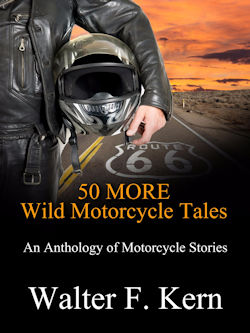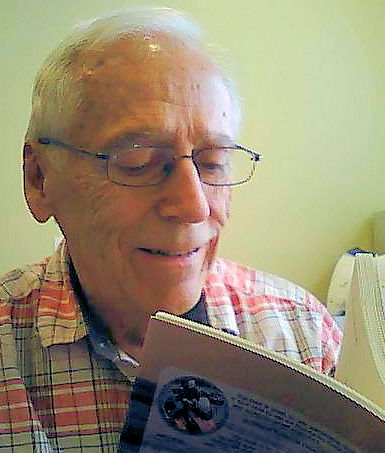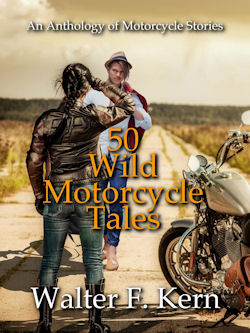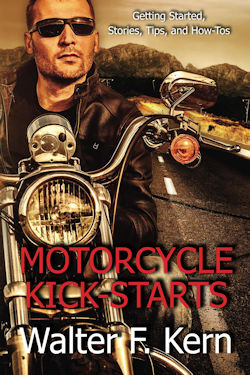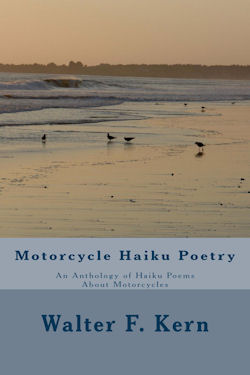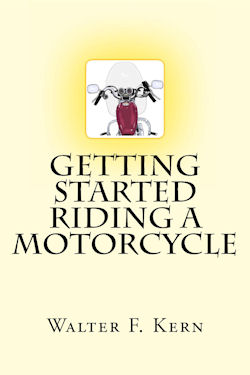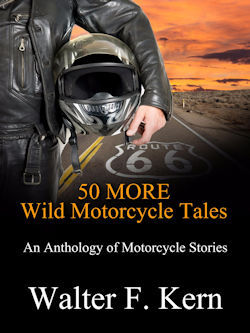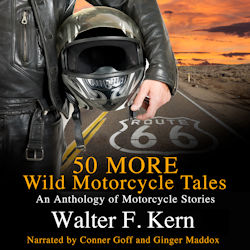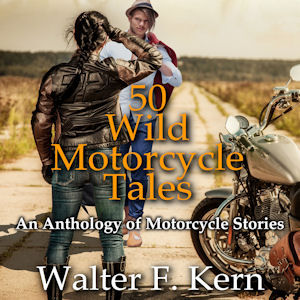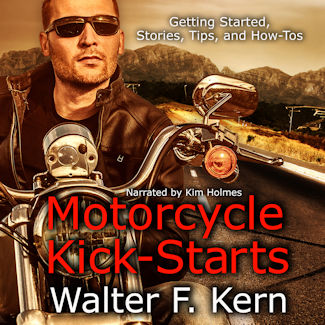Indian Motorcycles Part 2: The Wars With Harley The founding members of both companies were quite different. Indian was formed by Hendee who already had a successful bicycle company. He was much older than the founders of Harley-Davidson who were relying on their enthusiasm more than their business savvy. For example, in 1915 in order to save money, Indian gave explicit instructions on how to send telegraph messages in code. For example, a dealer might send a message: GOOD BALK GET. These words would decode into: GOOD = "Have you shipped?" BALK = "Model E-3, Single-Cylinder Three-Speed Service" GET = "Answer by wire." Also, when Indian needed to expand, it would get new funds from investors, whereas Harley-Davidson would receive aid from their family members. In 1917, Indian introduced the Model O whereupon H-D introduced the WJ Sport Twin. Both of these models used horizontally opposed engines similar to what BMW would introduce in 1923. The Model O soon became known as "Model Nothing" since it was viewed as too practical, small, and quiet. The H-D version had an engine twice the size of the Model O. Neither model proved popular in the USA. Indian normally used names for its models while H-D used letters and numbers. This strategy seemed to work for Indian when it introduced the Scout, as it became a runaway seller. Other motorcycle companies were also involved in this struggle. The Henderson brothers had produced the 4-cylinder Henderson motorcycle. It was bought later by Excelsior. Then, one Henderson brother left Excelsior and formed his own company, Ace, where he refined the 4-cylinder machine further. Ace soon went out of business and Indian bought manufacturing rights to the Ace. It shortly became the Indian Ace and then the Indian Four. Harley-Davidson considered making a 4-cylinder version also but abandoned the idea. The Ace never really caught on except for police use and did not appear in the catalog after World War II. Here's a poem that was popular early on about this rivalry:
The Indian Scout, or its brother, The Indian Chief. They're built like rocks To take hard knocks. It's the Harleys That cause the grief." In 1932, H-D introduced the 3-wheeled Servi-car. This had a motorcycle front end but two wheels behind, the forerunner of the modern trike. This vehicle came on the scene mainly for use by garages that always had to send two men out to get a customer's car for service and return it. With the Servi-car, there was a way to attach it to the back of the car and tow it, thereby only requiring one man. It was also used by parking meter patrols and other utility uses. In the next year, 1933, Indian had its own version called the Dispatch Tow. The story continues after the ads.
When it was realized that passengers liked being a little closer to the rider and not perched on the rear fender, the rider's seat was lengthened and became the Buddy Seat on Harley and the Chum-Me Seat on the Indian. The controls on Harley-Davidson and Indian motorcycles were reversed. When each began vying for government contracts, they realized that each needed to have an option to place the controls on the other side of the bike. So each manufacturer had an option to have controls the same as the other's regular controls. The Knucklehead model E Harley-Davidson was produced in 1936. Indian then came out with the "Improved Four" machine. In 1949, Harley released the FL Hydra-Glide "panhead" motorcycle. This was the first machine since the old Sport Twin to have a name associated with it. For most people, the old Indians are remembered as those classy bikes with the skirted fenders, the Indian-head parking lights and the funny spelled name "motocycle" on the emblems. For Harley-Davidson followers, Indian was the company that just could not compete with Harley and win. There were, indeed, two camps of riders in those days and they didn't mingle much. Now, only the Harley-Davidson camp remains except for the ever increasing group of Indian restorers and enthusiasts who have formed into clubs and vintage racing groups to celebrate this great American motorcycle. Indian stopped making classic motorcycles nearly 50 years ago. Material from Allan Girdler's great book, "The Harley-Davidson and Indian Wars," was used as a source for many of the details described above concerning this Motorcycle War. Girdler's book is a storehouse of information about these two marques. He attempts to match up competing models throughout the history of Indian. Now for the good news. After nearly 50 years, a new Indian Motorcycle Company is on the scene now and the H-D and Indian Wars may be heating up again. Click the following link to read Part 3, The New Indian Motorcycle. Go to Part 3 > The New Indian > Page 3 |
||||
© 2016 Walter F. Kern. All rights reserved.
|

